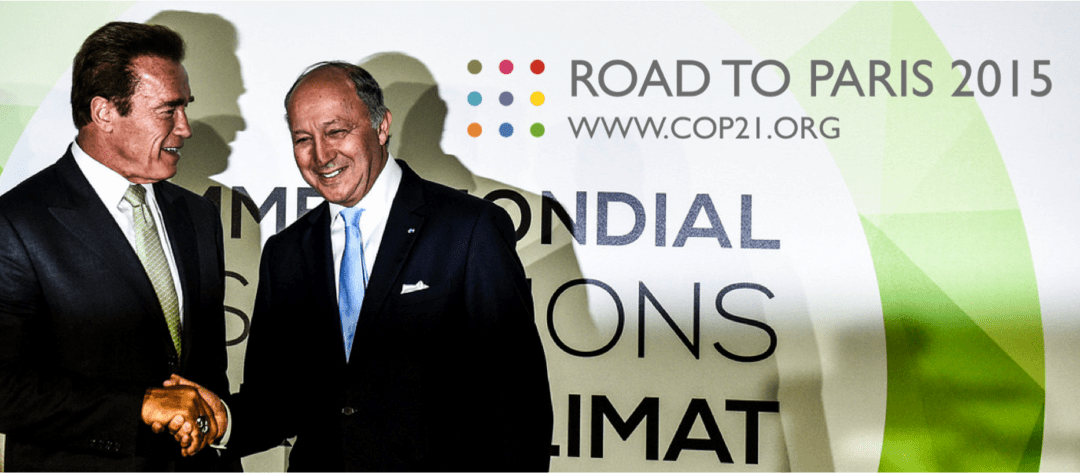

The Paris Agreement is the most comprehensive international legal framework to address climate change since the 1997 Kyoto Protocol. The United Nations Framework Convention on Climate Change (UNFCCC) secretariat-the United Nations’ (UN) governing body committed to addressing climate change-organized the Agreement’s passage. The Paris Agreement is an international accord (which is different than a treaty) whose purpose is to combat global climate change. On April 22, 2016, the United States, along with 174 other nations, officially joined the Paris Agreement. In short, state and local actors cannot cut enough carbon emissions without the federal government. However, physical and structural limitations cause the assumption of the national obligation to be impossible.

State and local climate policies, as well as innovation within the private sector, are indispensable pieces in the national climate solution. These coalitions cannot keep this promise. Business groups pledged their support as well.

Coalitions of state and local governments promised to enact policies within their jurisdictions that would, in the aggregate, honor the United States’ obligations under the international agreement. Promptly, those opposed to the withdrawal condemned the decision. In a self-announced and publicly televised address, President Trump announced that the United States would withdraw from the Paris Agreement. Catalogue of Subnational Organizations and Initiatives The American Environmental Regulatory Framework Applied to Climate Policies Regional Actions, Regional Benefits, and the Traditional Collective Action Problem. The Cost of Climate Change Related Effects Is Imprecise. Climate Change’s Physical and Structural Resistance to Subnational Policies Overview of the Sources of American Carbon Emissions Background on American Carbon Emissions and Climate Science Withdrawal from the Paris Agreement and the Response


 0 kommentar(er)
0 kommentar(er)
